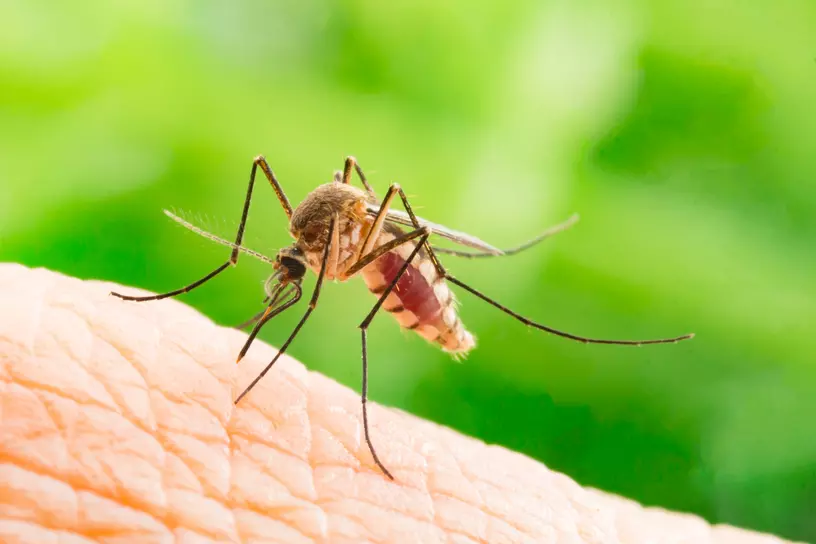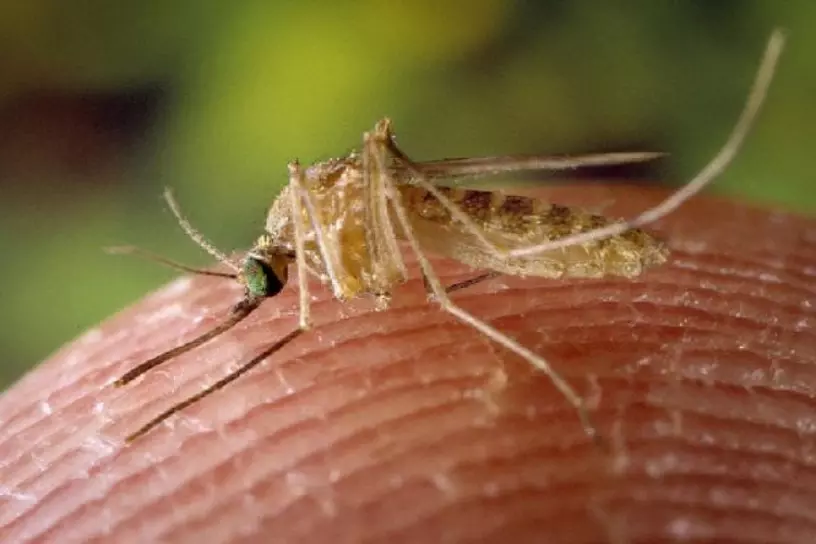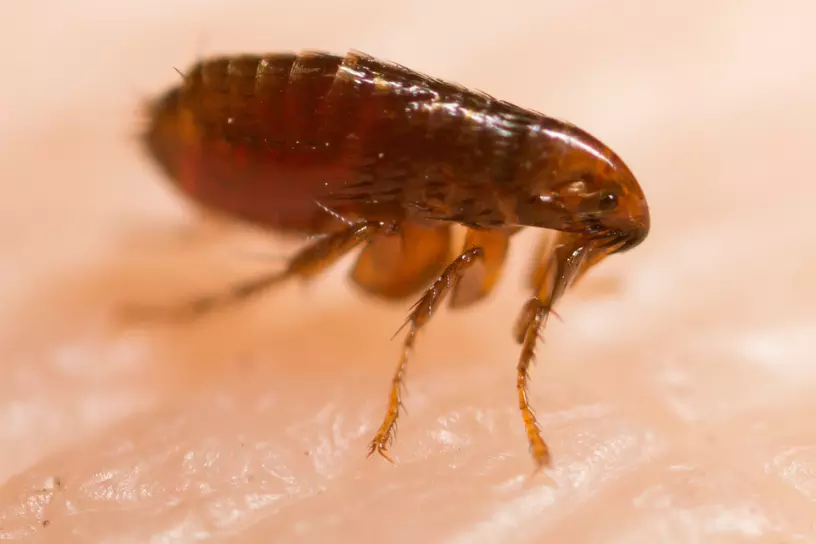Diseases and surveillance

Canine Heartworm
Canine Heartworm Disease impacts around 250,000 dogs every year. This disease is caused by a bite of an infected Western treehole mosquito (Aedes sierrensis).

West Nile virus
West Nile virus (WNV) is a mosquito-borne disease that was first detected in the West Nile District of Uganda. Transmitted by mosquito bites, WNV affects humans, horses, some birds, and squirrels.

Tick surveillance
Lyme disease is caused by the bacterium Borrelia burgdorferi and is transmitted to humans through the bite of infected blacklegged ticks.

Western equine encephalitis
Western equine encephalitis is a disease that is spread to horses and humans by infected mosquitos.

Hantavirus pulmonary syndrome
Hantaviruses are a family of viruses named for the Hantaan River in Korea, where the first strain was discovered decades ago.

Raccoon Roundworm
Raccoon roundworm eggs are passed in the feces of infected raccoons. Raccoons defecate in communal sites, called latrines. Raccoon latrines are often found at bases of trees, unsealed attics, or on flat surfaces such as logs, tree stumps, rocks, decks, and rooftops.

Flea-borne Typhus
Flea-borne typhus is a bacterial disease that is spread by fleas. Infected fleas shed Rickettsia typhi in their feces, which is left on a person's skin after the flea bites. Flea bites are very itchy, so if a person scratches the flea bite, Rickettsia typhi can enter the person's bloodstream and they become infected with flea-borne typhus.

